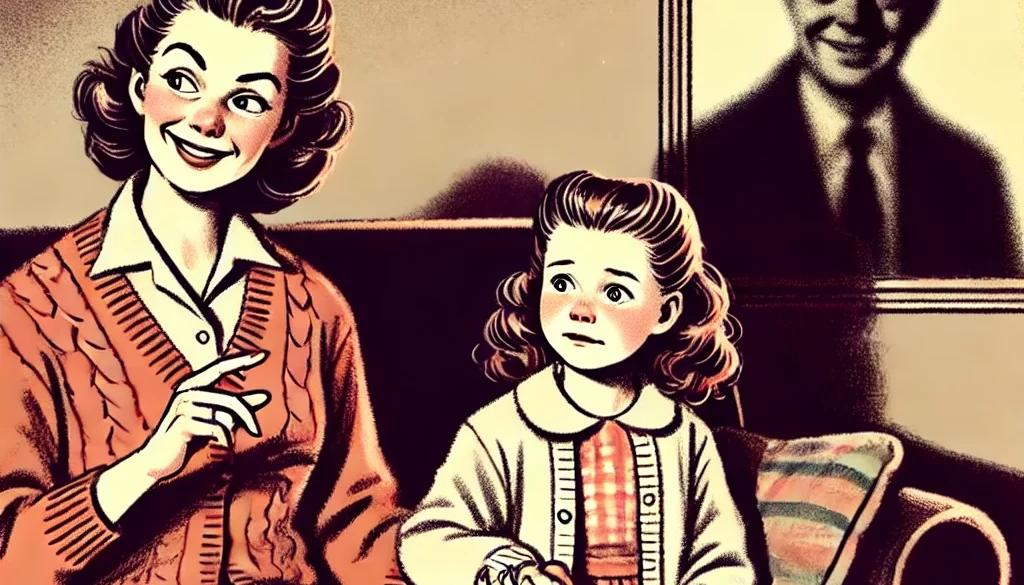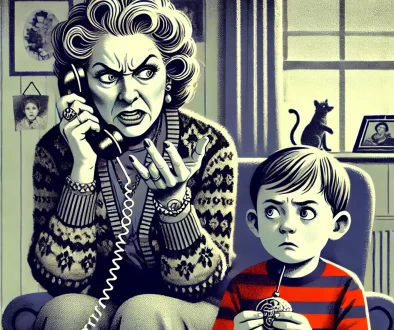The Subtle Art of Parental Alienation: How Manipulation Operates Under the Radar
Parental alienation can be overt, with blatant attempts to vilify one parent, or it can take a more insidious form: subtle manipulation designed to distance a child from the targeted parent without the alienating parent appearing culpable. Subtle alienation is often the method of choice for parents who seek to undermine the other parent while avoiding scrutiny in court or creating obvious awareness in the child.
This article explores the tactics of subtle alienation, why they are effective, and how they allow the alienating parent to maintain a façade of innocence.
Why Subtlety Is the Chosen Tactic
Subtle alienation operates below the surface, making it harder to detect and address. The alienating parent may choose this method for two key reasons:
- Avoiding Detection in Court
- In custody disputes, courts often require proof of alienating behavior. Subtle tactics leave little tangible evidence, allowing the alienating parent to avoid legal repercussions.
- The absence of explicit derogatory statements about the targeted parent makes it challenging to prove intent or manipulation.
- Influencing the Child Without Raising Awareness
- Alienators understand that overt negativity can backfire if the child recognizes the manipulation. Subtle tactics work by planting seeds of doubt, fear, or distrust in the child’s mind, allowing them to internalize negative feelings without fully realizing they are being influenced.
Subtle Tactics Used in Parental Alienation
Alienating parents may employ various covert methods to manipulate their child’s perception of the other parent. Here are the most common tactics:
1. Passive Dismissal of the Targeted Parent
- The alienating parent may downplay the importance of the targeted parent by responding indifferently to conversations about them.
- Example: When the child excitedly shares a positive experience with the targeted parent, the alienating parent responds with, “Oh, that’s nice,” in a disinterested tone.
- Over time, this lack of enthusiasm subtly communicates to the child that the targeted parent is unimportant or unworthy of attention.
2. Weaponizing Nonverbal Cues
- Body language, facial expressions, and tone of voice can be powerful tools for alienation.
- Example: A mother might roll her eyes, sigh, or look concerned when the child mentions spending time with their father, creating a subconscious association between the father and negativity.
- These nonverbal cues are difficult to document or prove, making them especially insidious.
3. Planting Doubts Through “Concern”
- The alienating parent may feign concern for the child’s well-being in a way that casts doubt on the targeted parent’s abilities.
- Example: “Are you sure your dad remembered to feed you dinner? He can be so forgetful sometimes.”
- This tactic undermines the targeted parent without outright accusing them of neglect or incompetence, subtly eroding the child’s trust.
4. Encouraging Fear Without Explicitly Stating It
- Subtle fear-mongering is another common tactic.
- Example: “Make sure to call me if anything feels weird when you’re at your dad’s house, okay?” or “I don’t want you to worry, but let me know if you’re scared over there.”
- These statements create a sense of unease about the targeted parent’s home, even if there’s no basis for concern.
5. Overly Involving the Child in Adult Issues
- The alienating parent may overshare personal frustrations about the other parent under the guise of transparency.
- Example: “I really wish your dad would pay child support on time; it’s so hard to manage everything.”
- While not directly disparaging the other parent, this tactic makes the child feel responsible for the alienating parent’s struggles and subtly paints the targeted parent in a negative light.
6. Controlling Access Without Explicit Refusal
- Alienating parents often limit contact with the targeted parent while avoiding overt defiance of court orders.
- Example: Scheduling extracurricular activities during the other parent’s visitation time or saying, “You don’t have to go if you don’t want to,” when the child expresses reluctance.
- These actions create barriers that the alienator can later frame as the child’s choice.
7. Invalidating the Child’s Positive Experiences
- The alienating parent may minimize or question the child’s enjoyment of time with the targeted parent.
- Example: “I’m surprised you had fun at your dad’s house. I thought you didn’t like it there.”
- This tactic subtly pressures the child to question their feelings and align with the alienating parent’s perspective.
8. Emotional Reward Systems
- Alienators may reinforce the child’s rejection of the targeted parent by offering emotional or material rewards.
- Example: A mother might lavish praise or gifts on the child after they express a negative opinion about their father.
- This conditioning teaches the child that aligning with the alienating parent’s views is advantageous.
The Psychological Impact on Children
Subtle alienation may not leave physical scars, but its emotional effects on children are profound:
- Erosion of Trust: The child learns to distrust the targeted parent, often without understanding why.
- Conflicted Loyalties: The child feels torn between their love for both parents, creating guilt and anxiety.
- Internalized Guilt: Over time, the child may feel responsible for the strained relationship with the targeted parent.
- Difficulty Forming Healthy Relationships: The manipulative dynamics of alienation can distort the child’s understanding of trust and love, impacting future relationships.
How to Address Subtle Alienation
Subtle alienation is challenging to combat, but targeted parents can take steps to mitigate its effects:
- Maintain Consistency:
- Show up for scheduled visits and remain a reliable, supportive presence in the child’s life.
- Document Patterns:
- Keep a journal of concerning incidents, including dates, times, and details, to establish patterns of behavior that may support your case in court.
- Focus on Positive Experiences:
- Create a warm, nurturing environment during your time with the child to counterbalance the alienating parent’s influence.
- Engage a Professional:
- Work with a therapist or custody evaluator trained in parental alienation to identify and address the subtle tactics being used.
- Seek Court Intervention:
- If necessary, present evidence of alienating behavior to the court and request measures such as therapy or adjustments to custody arrangements.
Conclusion
The subtle art of parental alienation is a sophisticated and harmful strategy that undermines the targeted parent while allowing the alienator to maintain plausible deniability. By employing subtle tactics, alienators can manipulate a child’s emotions and perceptions in ways that are difficult to detect, document, and address. Recognizing these behaviors and understanding their impact is the first step toward protecting children from the long-term harm of alienation and ensuring their right to a healthy relationship with both parents.
I’m Randy Morano—a father, author, and staunch advocate for parental alienation awareness. My journey through the depths of parental alienation has transformed me into a passionate advocate, dedicated to shedding light on this overlooked form of emotional abuse.
As a survivor, I understand the profound impact of parental alienation firsthand. Through my writing and advocacy efforts, I aim to raise awareness, empower others, and provide support to families in need. Join me in the fight for change and hope.



